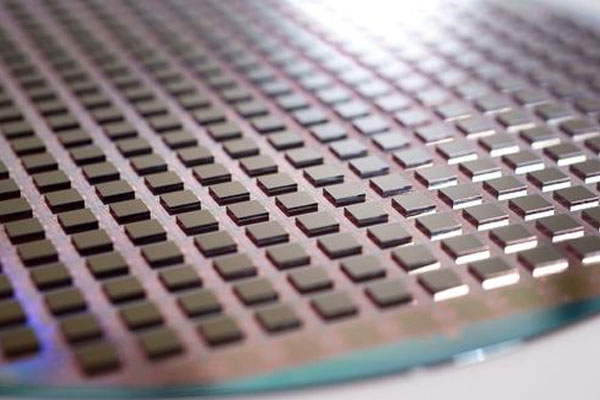You are here:Home > News > Semiconductor will compete with China and the United States in the next 30 years

Semiconductor will compete with China and the United States in the next 30 years
Tsinghua Ziguang group has invested 24 billion US dollars to build the country first high-level memory chip factory in Wuhan, moving towards the goal of playing an important role in the global chip market, which has also alarmed Washington.
The Wall Street Journal analysis pointed out that the US semiconductor hegemony is facing competition from China.
Last year and the year before last, purple light made takeover offers to its American counterparts, but both were rejected by the authorities.
Zhao Weiguo, chairman of Ziguang group, said he set up a factory in Wuhan because Washington refused to let him invest in the United States.
Of course, Washington is aware of Beijing semiconductor strategy and has already begun to figure out how to counter it.
"China wants to expand its presence in the semiconductor market," white house trade adviser Navarro said. He worries that Beijing may export cheap products in large quantities and hit American enterprises hard.
Semiconductor chip is the driving force of the digital age and the international economy. It is also one of the most globalized industries. It is designed and manufactured in dozens of countries.
Today semiconductor industry has become a battleground between China and the United States.
Washington is accusing Beijing of using state resources to control the semiconductor industry, just as it used to control steel, aluminum and solar industries. China claims that the United States is only trying to block China semiconductor development.
Intel, micron and other U.S. chip giants are particularly embarrassed: they want to expand in China, but also worry about being unable to resist competitors backed by the state.
According to the analysis of the Wall Street Journal, the United States regards China as the strongest semiconductor rival since Japan in the late 1980s, and the United States won by trade sanctions and technological advantages.
However, China advantage lies in its position as the world largest chip market.
According to PwC data, the global chip revenue reached 354 billion US dollars in 2015, with China accounting for 58.5%.
International business strategy, a research firm, estimates that nearly 90% of the $190 billion chips used in China are imported or produced in China by foreign companies.